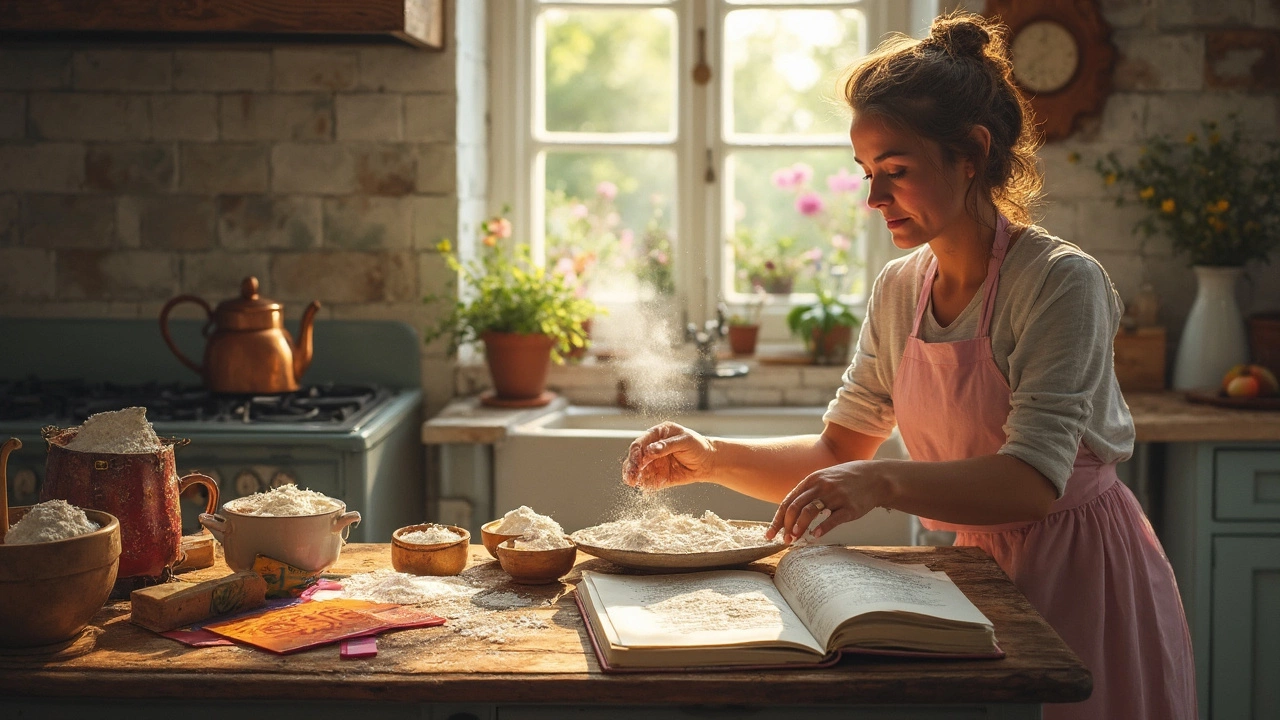
Thinking about swapping regular flour with gluten-free flour for your next baking adventure? It seems straightforward, right? But hold up, it's a bit more complex than just a one-to-one exchange. Gluten-free flours have their quirks which can cause cakes to turn out dense or crumbly if you're not careful.
Why does this happen? Regular flour boasts gluten which gives baked goods their structure and chewy texture. Gluten-free flours, on the other hand, don't have this magical binding agent. That's why your favorite cupcake might crumble more quickly than you'd like when you make the swap without any adjustments.
But don't stress! With tons of gluten-free flour options out there, like almond, coconut, and rice flour, you can definitely make it work. It just takes a little knowledge and some experimentation to find the best fit for your specific recipe.
Stick with us as we uncover the secrets behind gluten-free baking, sharing some tips and tricks that will have you whipping up delicious cakes that no one will even guess are gluten-free.
- Understanding Gluten-Free Flour
- Challenges in Substitution
- Tips for Successful Gluten-Free Baking
- Choosing the Right Flour for Your Recipe
Understanding Gluten-Free Flour
Alright, so you've decided to venture into the world of gluten-free flour, but what's the deal with it? To start with, gluten-free flours are made from grains that don't naturally contain gluten, like corn, rice, and quinoa, or from nuts and legumes, like almonds and chickpeas. This opens up a world of possibilities for those with celiac disease or gluten sensitivities.
One important thing to remember is that not all gluten-free flours are created equal. They all have different textures and flavors, which can totally alter the outcome of your baked goods. For example, almond flour has a rich, nutty taste and works well in moist cakes, while coconut flour is super absorbent and needs more liquid in the recipe to avoid a dry, crumbly mess.
Popular Types of Gluten-Free Flours
Here's a quick rundown of some popular options:
- Almond Flour: Made from finely ground almonds, it adds moisture and a sweet flavor, but it's not ideal for those with nut allergies.
- Rice Flour: Available in white or brown varieties, rice flour is a versatile option that works well in various recipes, though it can make things a bit gritty if not combined with other flours.
- Coconut Flour: Known for its sweet and tropical flavor, it's high in fiber but can lead to dry results if not used properly.
- Sorghum Flour: Often used in blends, it has a mild, earthy taste and a similar protein content to wheat flour.
Gluten-free cakes made with these flours can be truly delicious, but understanding what each one brings to the table is key. So it's not about just swapping out wheat flour for one kind of gluten-free flour. It often works best when you use a blend to get the right balance of structure and flavor.
Benefits and Challenges
Why bother with gluten-free flour at all? Well, besides being a necessity for those with dietary restrictions, it's also a great way to experiment with flavors and textures in your baking. However, it does pose some challenges, especially for new bakers. Gluten-free flours lack the elasticity of regular flour, making cakes dense or crumbly without careful handling.
If you're eager to back up your understanding with some numbers, here's a comparison:
| Type of Flour | Protein Content (per 100g) |
|---|---|
| Wheat Flour | 11-15g |
| Almond Flour | 21g |
| Rice Flour | 7g |
| Sorghum Flour | 10-12g |
Notice how the protein content varies quite a bit? This affects not just texture, but the nutritional profile of your baked goods too.
So, that's the lowdown on gluten-free flour. Plenty of options out there, each bringing something different to your kitchen counter. Next, we’ll dive into some tips to tackle those challenges head-on and make your gluten-free baking a success!
Challenges in Substitution
When you dive into the world of gluten-free flour, one of the first hurdles you encounter is its unique behavior in recipes. Without gluten to bind ingredients together, your cakes might end up too dense or fall apart entirely. That's because gluten acts like the glue in baking, providing elasticity and structure.
Understanding Texture Changes
Swapping in gluten-free options can change the texture significantly. Have you ever tried a gluten-free cake and found it grainy or overly crumbly? That's often the result of inadequate binding. To tackle this, many bakers use xanthan gum or guar gum as a replacement to add some elasticity back to the mix.
"Incorporating gluten replacers is essential for achieving similar textures," advises the Baking Science Journal. "Without them, baked goods may lack structure and crumble easily."
The Flavor Factor
Another thing to watch out for is taste. Different gluten-free flours have their distinct flavors which can alter the end result. For example, coconut flour brings a slight sweetness, whereas almond flour adds a nutty undertone. Knowing this can help when selecting which flour to use based on your recipe's requirements.
Moisture Matters
Getting the moisture levels right in gluten-free baking can feel like walking a tightrope. Because gluten-free flours don't absorb liquid the same way as regular flour, you may need to adjust your liquid ingredients. Some flours soak up moisture more quickly, leading to a dry cake if you're not careful.
Here's a quick tip: if your batter looks drier than usual, try adding a bit more liquid or a touch of oil to balance things out. This can prevent your baked goods from drying out too much during the bake.
Table: Common Gluten-Free Flour Attributes
| Flour Type | Taste | Absorption Rate |
|---|---|---|
| Almond | Nutty | Low |
| Coconut | Slightly sweet | High |
| Rice | Neutral | Medium |
Successfully substituting is definitely possible with a bit of patience, some trial and error, and understanding the quirks and properties of each gluten-free flour.
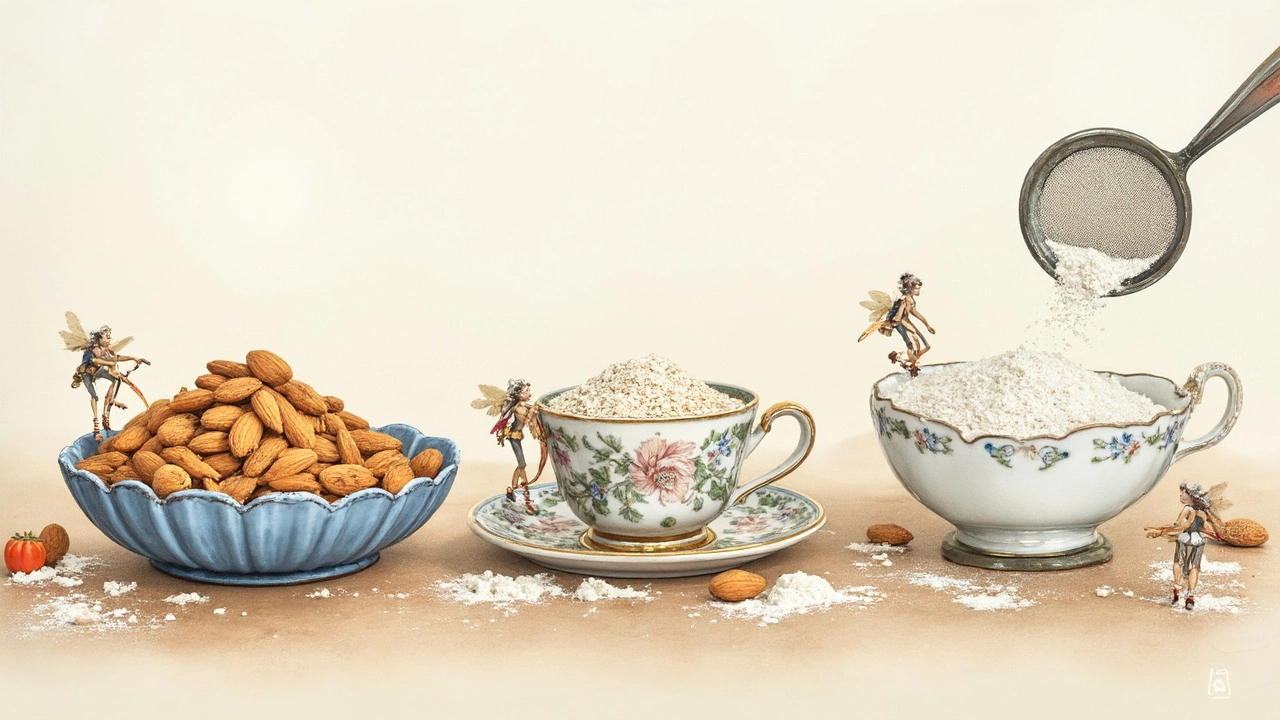
Tips for Successful Gluten-Free Baking
Baking with gluten-free flour can be a bit of a juggling act, but with the right tips, you can pull it off like a pro. Taste and texture might feel like an uphill battle at first, but keep this info handy and you'll be impressing folks with delightful gluten-free cakes in no time.
Understanding Flour Blends
One of the best tricks in the gluten-free playbook is to use flour blends. Instead of sticking to just one type—like almond or coconut—mix a few together. It mimics the qualities of all-purpose flour better. Many people swear by a blend of rice flour, potato starch, and tapioca starch. Free tip: Check the labels when buying commercial blends to avoid ones with odd fillers.
Adding Binders
Without gluten, you're gonna need something to hold everything together and give your bake some structure. Enter xanthan gum or guar gum. Just a teaspoon or two per cup of flour does wonders. These little helpers are available in most big grocery stores nowadays!
Moisture is Key
Gluten-free flours can be pretty thirsty, which can lead to dry, crumbly cakes. Combat this by adding more moisture. You can do this by increasing the liquids or fats in your recipe a tad—think milk, water, or even extra butter.
Trial and Error
Let's be real: perfection won't happen overnight. Gluten-free baking is like a science experiment; sometimes you'll get surprising results, and sometimes you'll have to tweak it. If your cake's too dense, try less flour next time. If it's falling apart, a bit more xanthan gum might do the trick!
Quick Reference: Protein Content in Gluten-Free Flours
| Flour Type | Protein Content |
|---|---|
| Almond Flour | 21g per 100g |
| Rice Flour | 6g per 100g |
| Coconut Flour | 20g per 100g |
Remember, each gluten-free flour behaves differently. Pay attention to how each type affects the outcome, and you'll get the hang of it quicker than you think!
Choosing the Right Flour for Your Recipe
Picking the right gluten-free flour can be a bit like navigating a maze, but once you get the hang of it, it's not too tricky. Different flours offer unique textures and flavors, so it’s crucial to understand how they might alter your recipe.
Know Your Options
- Almond flour: This is a go-to for many bakers, known for its nutty flavor and moist texture. It works great in dense cakes like brownies. Just a heads-up—it’s calorie-dense too.
- Coconut flour: Super absorbent, it acts like a sponge for liquids, so you'll need additional moisture or eggs when using it. Perfect for a light, coconut-flavored cake when balanced right.
- Rice flour: A staple in gluten-free baking that comes in white and brown varieties. It's neutral in flavor and adds a nice crispness, but can sometimes be a bit gritty.
- Oat flour: Made from ground oats, it's slightly sweet and works well to add some fluffiness. Ensure it's certified gluten-free to avoid cross-contamination.
Check Ingredients and Ratios
Substituting regular flour with a single type of gluten-free flour might not always work out. Often, a mix of flours, along with binders like xanthan gum or guar gum, is used to mimic the properties of gluten. Here's a simple guideline for a balanced mix:
- Combine 40% whole grain gluten-free flour (like brown rice flour) with 60% starches (such as potato or arrowroot) for a decent all-purpose blend.
- Sneak in a teaspoon of a binding agent like xanthan gum for every cup of flour for better texture.
Cake-Specific Choices
For lighter cakes, such as sponge or chiffon, a higher starch content is beneficial, while denser cakes can lean more heavily on protein-rich flours like almond flour. Consider experimenting with ratios to achieve your desired taste and consistency.
| Purpose | Suggested Flour Mix |
|---|---|
| Light Cakes | 50% starch, 50% oat or millet flour |
| Dense Cakes | 30% almond flour, 50% rice flour, 20% starch |
Baking gluten-free doesn’t mean giving up on flavor or texture, just a bit of tweaking and a willingness to try different combinations. With time and practice, you'll find the right blend that works deliciously for your recipes.


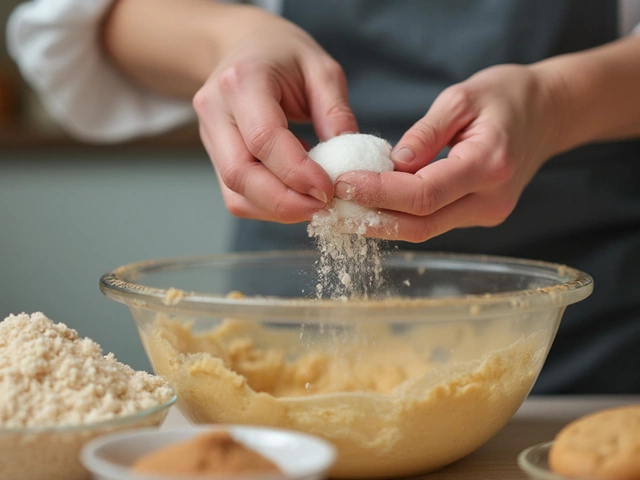


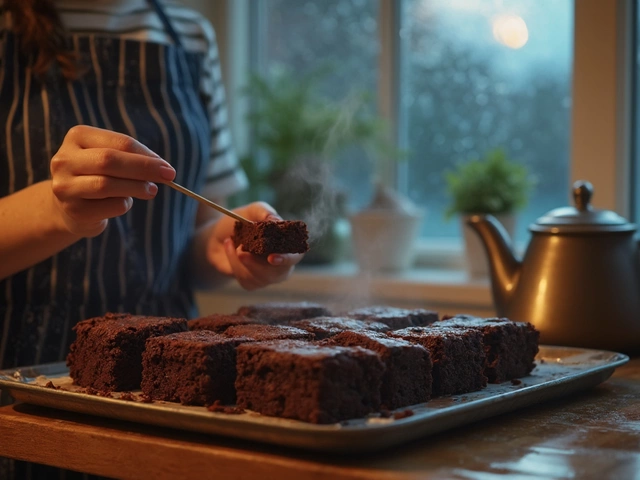
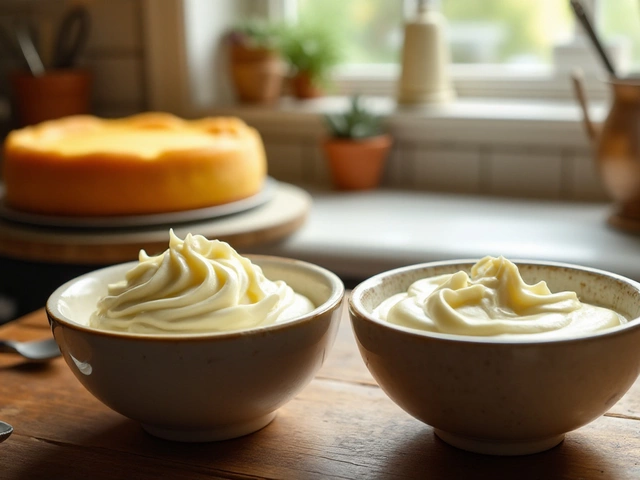
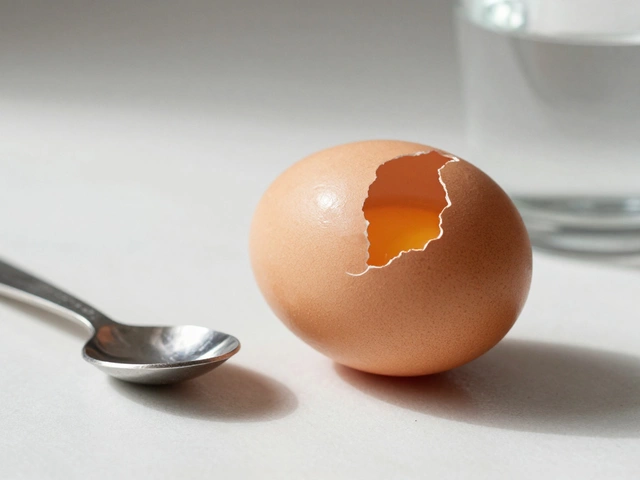
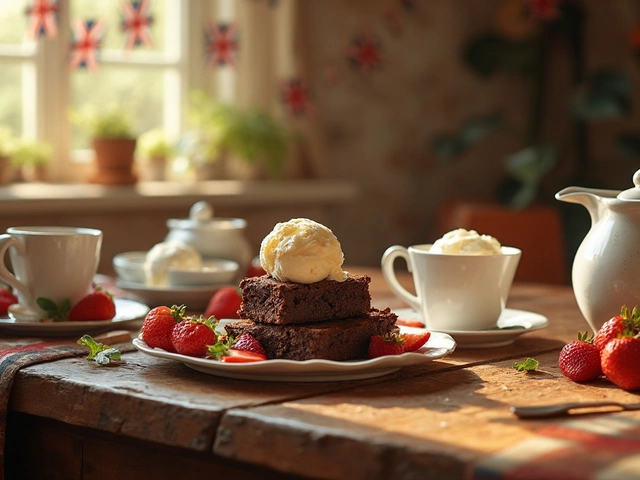
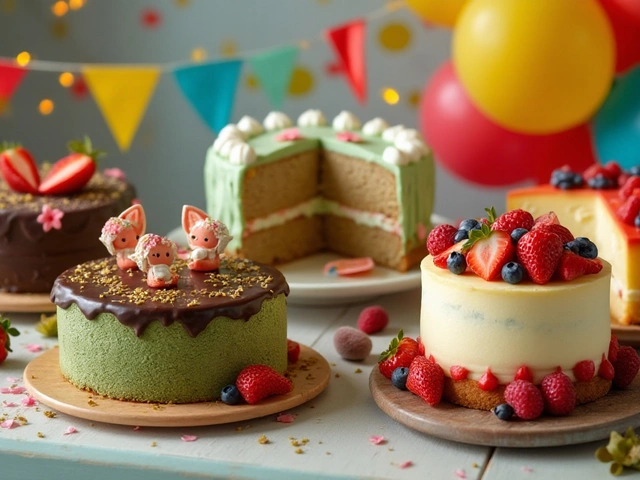
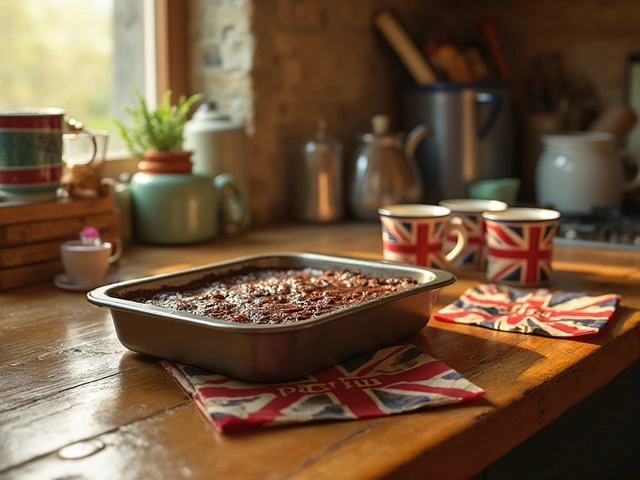
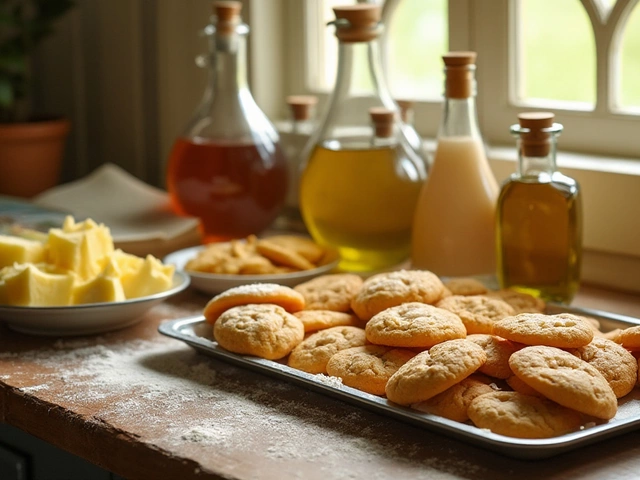
Write a comment